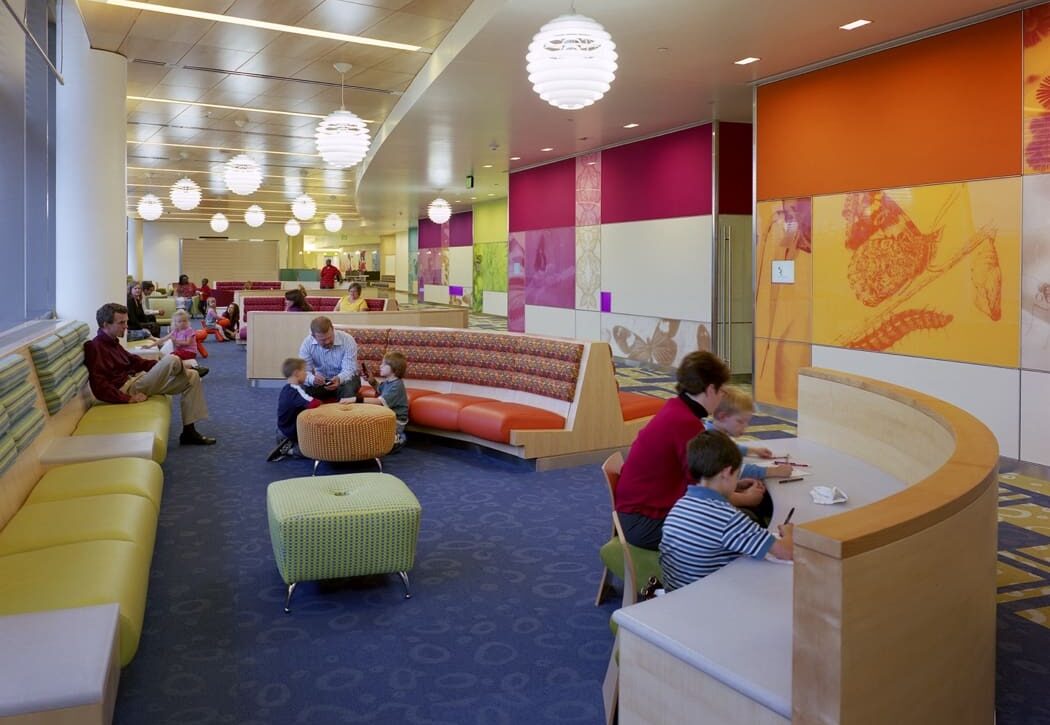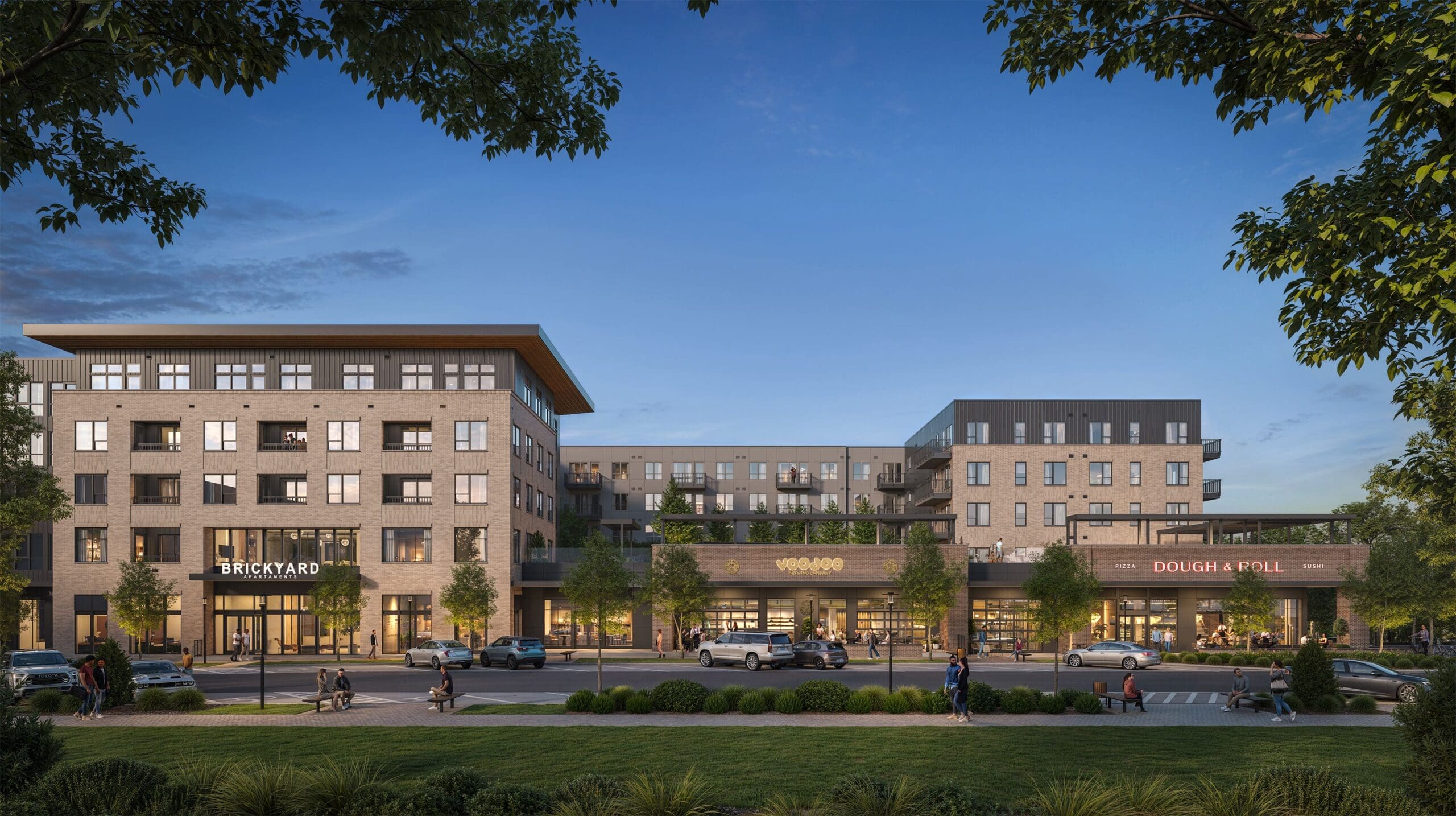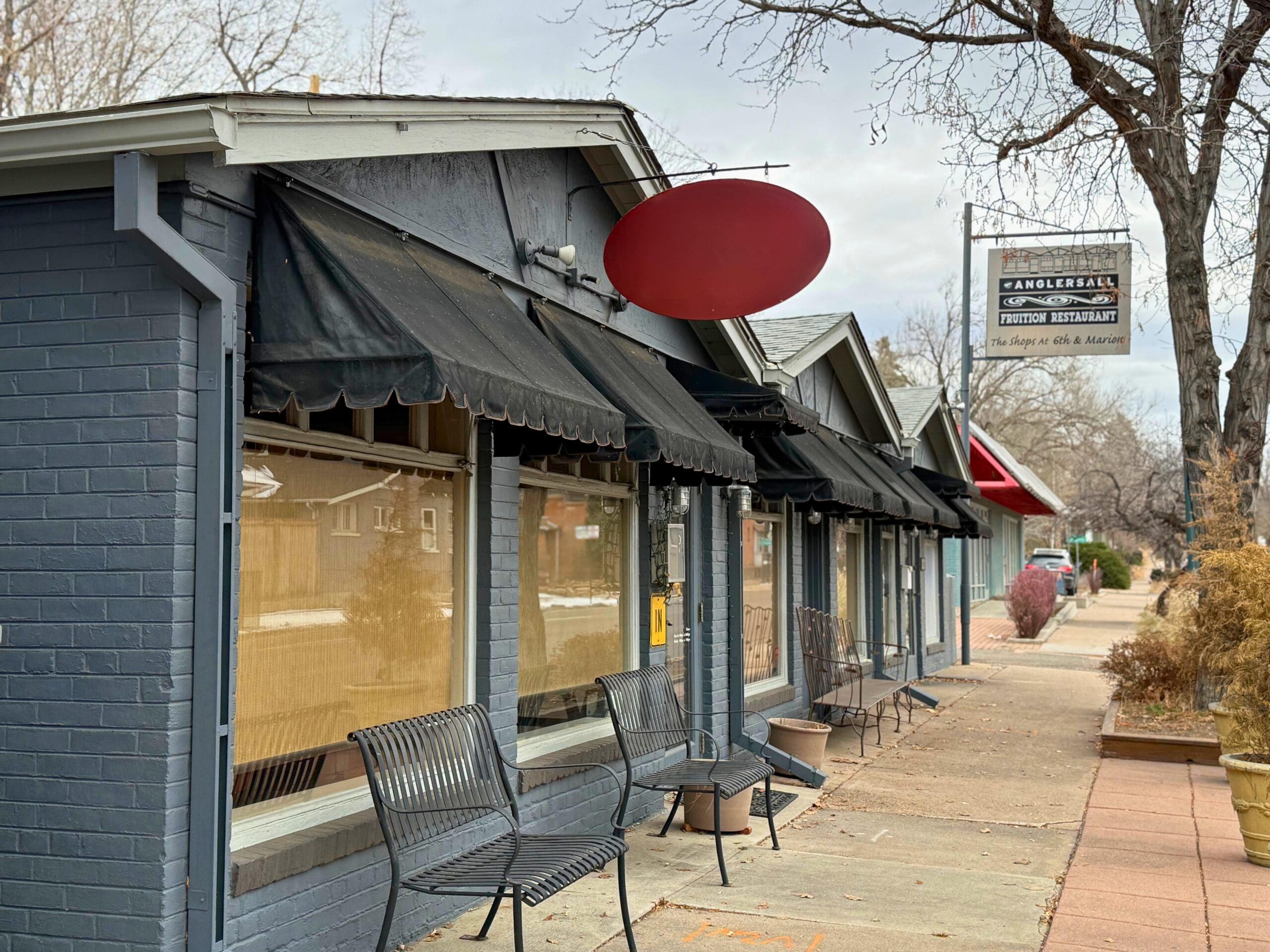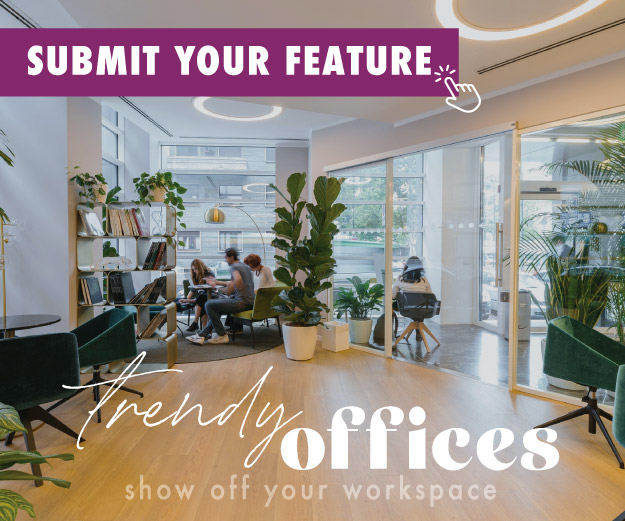By Nicole Casey (Constructive), Kurt Bowers (Floorz), and Carrie Bradley (Slate), part of the Elements family of studios.
The most forward-thinking healthcare organizations aren’t waiting for change—they’re building for it. New models of care, from precision medicine to community-based wellness, are changing not only how patients are treated, but how facilities are designed, built, and experienced. The most innovative treatment centers today look less like traditional hospitals and more like ecosystems: flexible, efficient, and deeply human in their design.
The environments leading this shift share one thing in common—a commitment to innovation that reaches beyond technology. It’s a mindset that shapes everything: how providers are recruited, how healthcare systems collaborate with each other, how patients heal, and how buildings evolve.
The Human Side of Innovation
For Nicole Casey, VP of Operations, innovation in healthcare is more than professional, it’s personal.
“When my father was diagnosed with cancer years ago at a relatively young age, our family sought out a care team that pushed the envelope in treatment options,” says Casey. “We ultimately chose a care team outside of his home state. The commitment to travel was worth the value of state-of-the-art care and treatment options. What surprised me is that innovation didn’t stop at the medical care—it was present in all aspects of our experience, from appointment scheduling to the built environment. We’ve experienced unique wayfinding strategies, space layout, and prefabricated construction solutions. It was clear that the tolerance for risk-taking and experimentation was higher. Innovation was embedded into the culture.”
That experience continues to shape how she approaches her work today. “Innovation in healthcare real estate and construction is about seeking out new ways of achieving improved results. The old saying that better, cheaper, and faster can’t coexist is becoming obsolete. We have an opportunity to achieve all three ideals, however, there must be an openness to new strategies. It is a privilege to work with a team that collaborates with clients who value innovation in a very traditional industry.”
Redefining Risk in the Built Environment
The irony of healthcare is that it’s both an innovation engine and a risk-averse industry. Yet some of the boldest examples in healthcare design show that taking measured risks pays off.
From hospitals using prefabricated wall systems to reduce infection risk and construction downtime, to clinics built in retrofitted retail spaces that bring care closer to communities—the most agile systems are rethinking the process from the ground up.
“Speed to market and flexibility are huge,” says Kurt Bowers, VP of Business Development. “You can’t just design for day one. You have to think about day two, and day 2,000, and how the space will evolve, how materials will perform, how easy it will be to adapt.”
Flooring, for instance, plays a far greater role than most realize. Beyond aesthetics, the right subfloor systems and materials can influence infection control, acoustics, and long-term maintenance costs. “So often we see the wrong material selected for the wrong application,” Bowers adds. “Understanding the technical side of what’s underfoot is just as important as what people see.”
Furniture is another area where innovation and empathy intersect. At leading pediatric facilities, for example, adaptive seating solutions are being tested to help parents stay close and comfortable near their infants in intensive care units—chairs with adjustable heights and locking casters that balance mobility, safety, and comfort. “It’s a small but powerful example of human-centered design,” says Carrie Bradley, director of Healthcare Solutions. “When you solve for the human experience first, the operational benefits follow naturally.”
That principle of designing for people first ties together all facets of innovation, from flooring and furniture to modular construction. Each is part of a larger ecosystem that supports care delivery, rather than simply decorating it.
Still, one of the greatest barriers to innovation isn’t budget, it’s understanding. “We sometimes see decision-makers hesitate because new technologies feel abstract,” notes Bowers. “Tools like Scanalytics, a flooring sensor system that can detect falls, analyze gait, or track space use, can seem futuristic until you see how seamlessly they improve safety and efficiency. The technology is ready; it’s about helping people get comfortable adopting it.”
A generation ago, Children’s Hospital Colorado demonstrated what happens when innovation and integration align. The facility brought multiple disciplines together so children could see several specialists in one visit—a groundbreaking concept at the time—and used prefabrication to accelerate delivery and minimize disruption. It’s a model for how design, construction, and care can move forward together.
Innovation Matters Now
Healthcare real estate is at an inflection point. Patients have more choices than ever before, from academic medical centers to holistic care clinics, and that competition is raising expectations. “When patients can compare experiences, they start choosing based on more than reputation,” says Casey. “They notice the details; the environment, the comfort, the ease of care.”
That demand is reshaping development strategy. “Hospitals and systems are under tremendous financial pressure,” notes Bradley. “They’re looking for ways to save money without sacrificing quality—whether through a smaller footprint, smarter materials, or environments that directly improve outcomes and satisfaction.”
In other words, innovation has become a risk-management strategy.
As healthcare systems expand, many are realizing that true innovation requires integration. It’s not just about adopting new products; it’s about aligning disciplines early in the process. “When you bring construction, flooring, and furniture experts together at the start of a project, you can identify synergies and mitigate risks before they happen,” Casey explains. “You can borrow proven methodologies from across markets and apply them to new challenges.”
Looking Ahead
If innovation truly matters, the industry must broaden how it defines it.
Innovation isn’t about trend-chasing or shiny new materials. It’s about rethinking lifecycle value, sustainability, and the patient experience as interdependent goals. “Sometimes the most innovative choice isn’t the newest product,” says Bowers. “It’s the one that holds up, performs, and supports care the longest.”
Technology will continue to accelerate change; from AI-driven clinical research to smart infrastructure that monitors occupancy, air quality, and safety in real time. The result will be care environments that are more adaptive, more affordable, and more accessible.
And affordability is key. “We need a mindset shift from first costs to lifecycle thinking,” says Casey. “When we plan for longevity and adaptability, innovation actually becomes the most cost-effective approach.”
That shift will take courage. But as healthcare faces growing demand, tighter margins, and higher patient expectations, the greatest risk may be failing to evolve.
About the authors: Nicole Casey, Kurt Bowers, and Carrie Bradley are leaders within Elements, a collective of specialized design studios. Casey serves as vice president of Operations at Constructive, the prefab construction studio; Bowers is vice president of Business Development at Floorz, the flooring studio; and Bradley is director of Healthcare Solutions at Slate, the furniture studio. Together, they help clients across sectors rethink how innovation, design, and technology intersect to create spaces that are smarter, faster, and more human.









